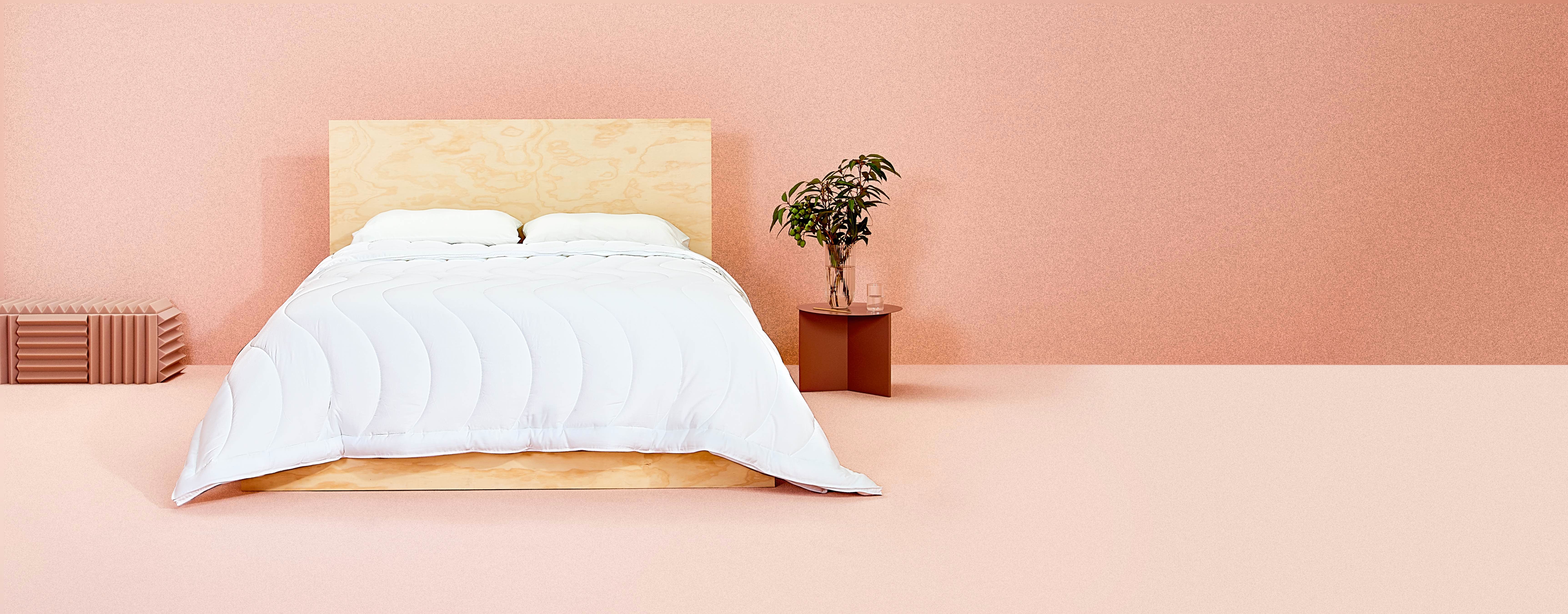Looking at Leo Wang’s resume, he may not seem like the most obvious candidate to have started a bedding company. Stints at the Clinton Foundation, the United Kingdom’s House of Lords and consulting firm McKinsey, where he advised governments on sustainable development? Check. A major manufacturing operation? Not so much.

But Wang had grown up seeing the operations of weaving mills run by his family in Northern China—and his passion for sustainability took on a new direction when he started to consider the impact of the textile industry.
“They make about 60,000 meters of fabric every day,” says Wang. “To walk the production floor and see the process up close, it’s really inspiring.” But he also noticed some more troubling aspects of the manufacturing, like the coal-fired plant used to finish the sheets or how every sheet of fabric uses 600 gallons of clean water, which is then chemically tainted with petroleum-derived synthetic dye and can’t be reused. “From an environmental standpoint, I think the process conjures a lot of questions.”

BOH subscribers and BOH Insiders.










































